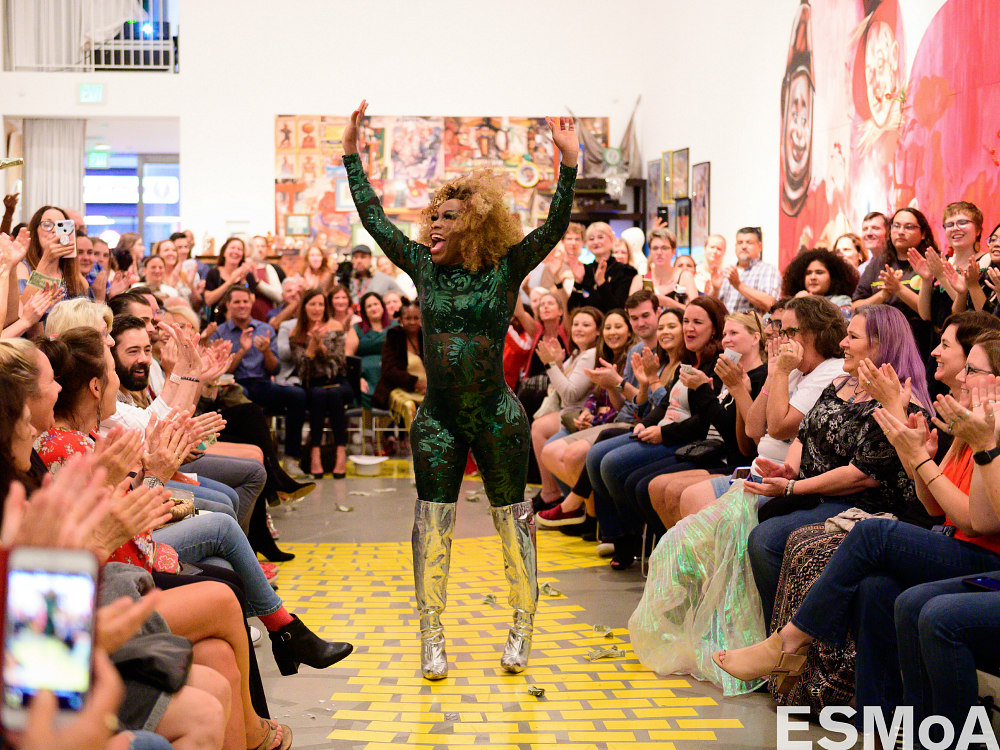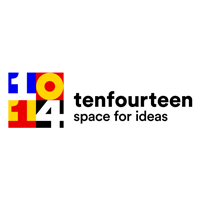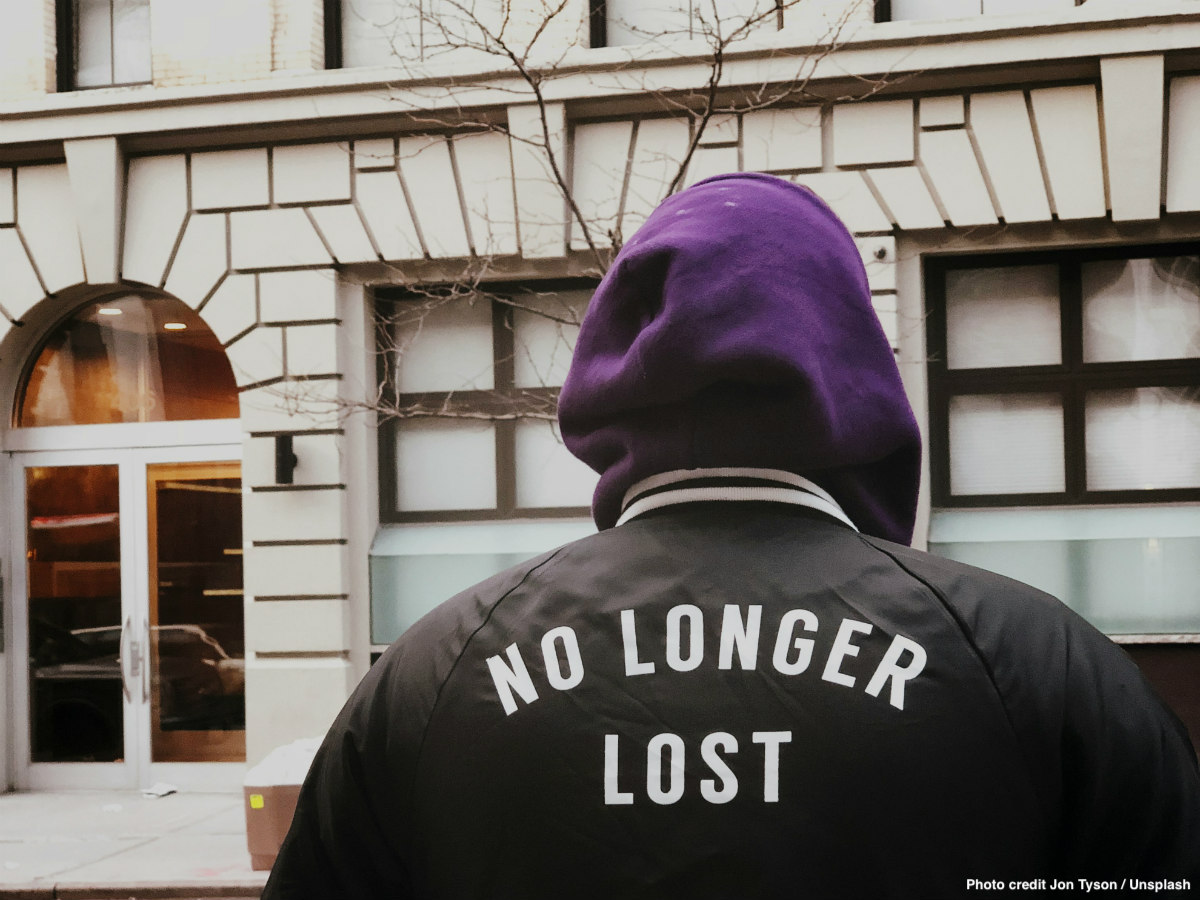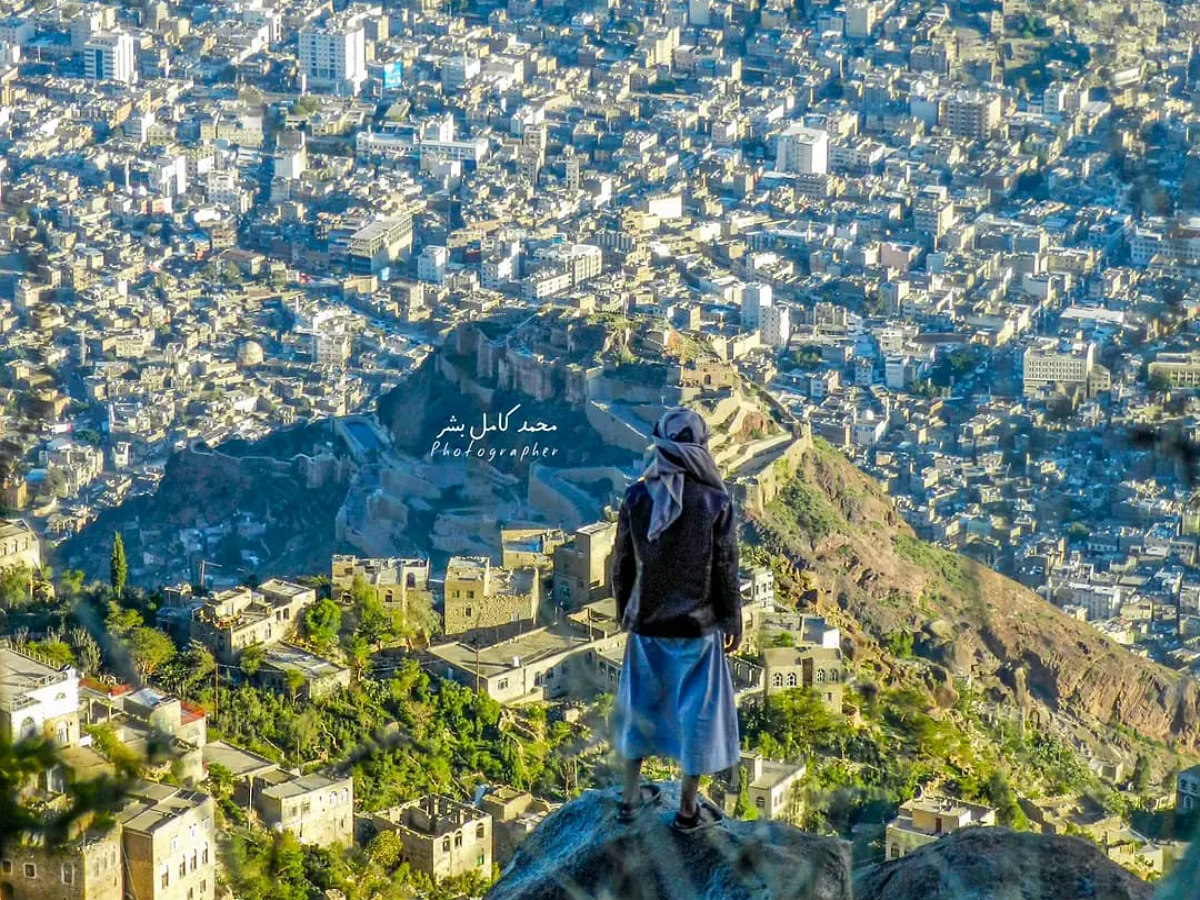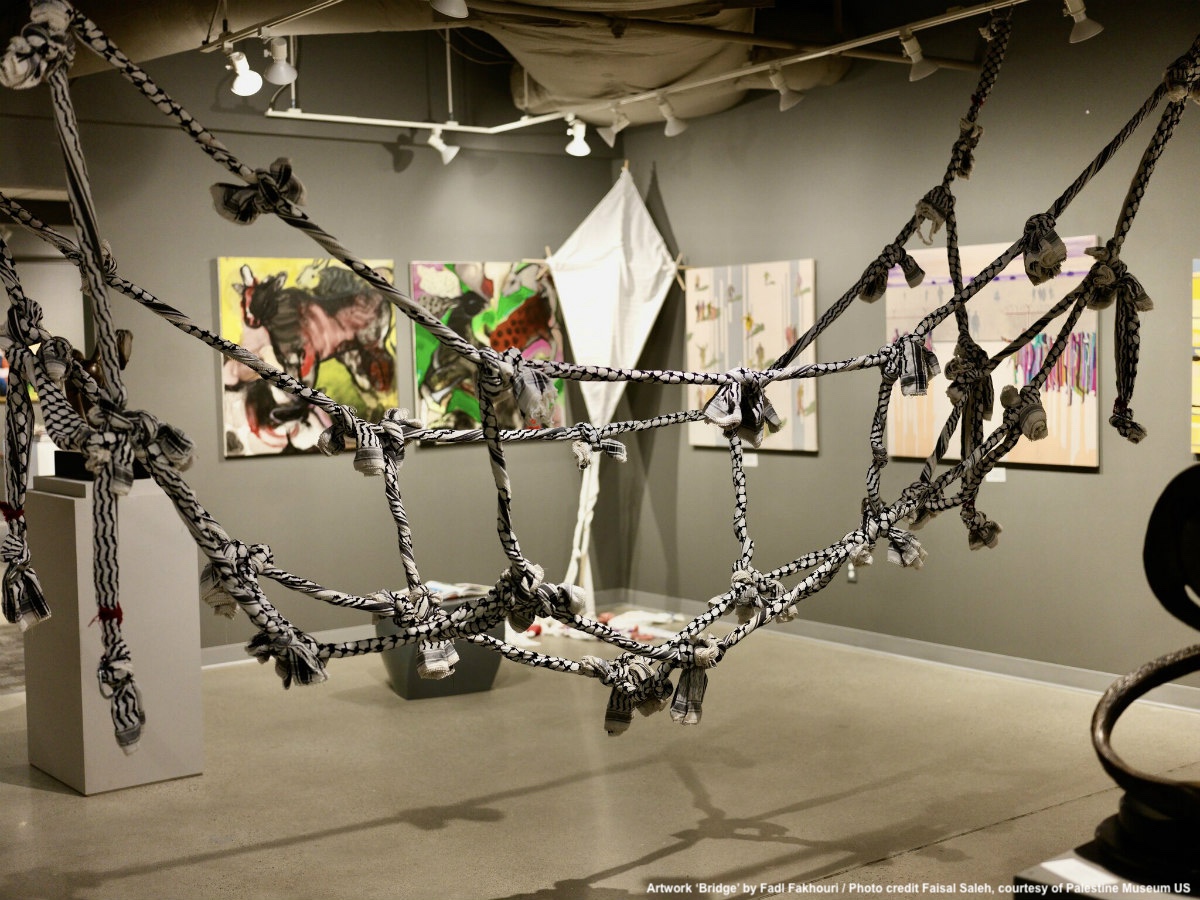I came across the ESMoA this summer, a small museum in the outskirts of Los Angeles, whose spirit of “an art laboratory beyond museum” makes it easy to gauge its freedom to experiment. When Eva Sweeney, one of its founders, and I sat down to chat over Zoom, she told me “we don’t call ourselves a museum but an art laboratory” because “we don’t have to follow the rules.” Yet ESMoA is not a rebellious museum with a jaundiced view of formality: its work preaches openness and reform. The timing to speak about their work couldn’t have been better.
Some days before, the International Council of Museums (ICOM) — a United Nations-style body for museums, in which 119 countries are represented — published a universal definition of a museum. It was the result of a participatory process among members that started in 2015, two years after the ESMoA was founded. It took the Council/ICOM seven years of debate to come up with a definition that is still creating much controversy in museum circles. At the heart is the heated argument about how a museum today serves a broader society. But some museums like the ESMoA have already found their niche.
Eva Sweeney, her husband Brian Sweeney, and her older brother Bernhard Zünkeler, founded ESMoA at a time when interest in art overall increased. Wealthy business people began building serious art collections and opening private museums, many with the dream of creating their own museum as a legacy. But the Sweeneys had another plan for their neighbourhood in Los Angeles.
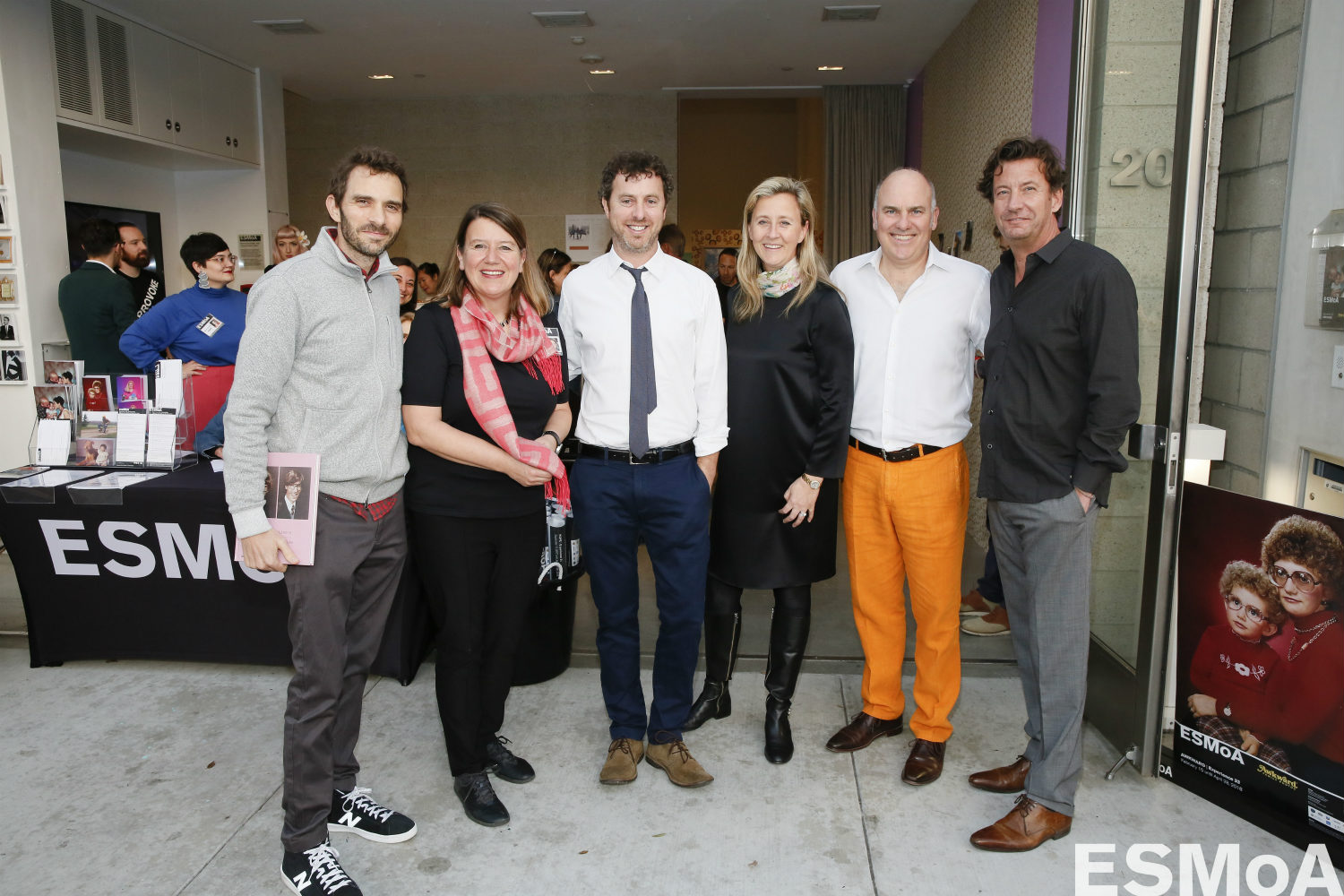
Bernhard Zünkeler and Eva Sweeney and grew up in the industrial town of Bochum in Germany. Their parents loved art and raised their kids with lots of culture around them. Zünkeler, who lives between Berlin and L.A., became an artist and curator at a later age. His professional trajectory took a major turn when he left his career as a successful lawyer at one of the biggest banks in the world to follow his passion for art. His conviction that “art is a state of mind” opposes the tradition of formality of museums in how art can change minds, Zünkeler’s declared goal with ESMoA.
We offer a way for public institutions to do something that they can’t do in their own spaces.
Brian Sweeney was a collector, and together with his wife and Zünkeler, he began to think seriously about opening an art space originally for the private collection that he and his wife had amassed. As a result, they took over a space in El Segundo neighbourhood and Eva Sweeney, an architect, designed the building for the museum. “We were a little naïve about how much work this would be,” Eva Sweeney said. It was not only about running the building and managing the museum, but having shows and creating a meaningful education program that sparks creativity in the community.
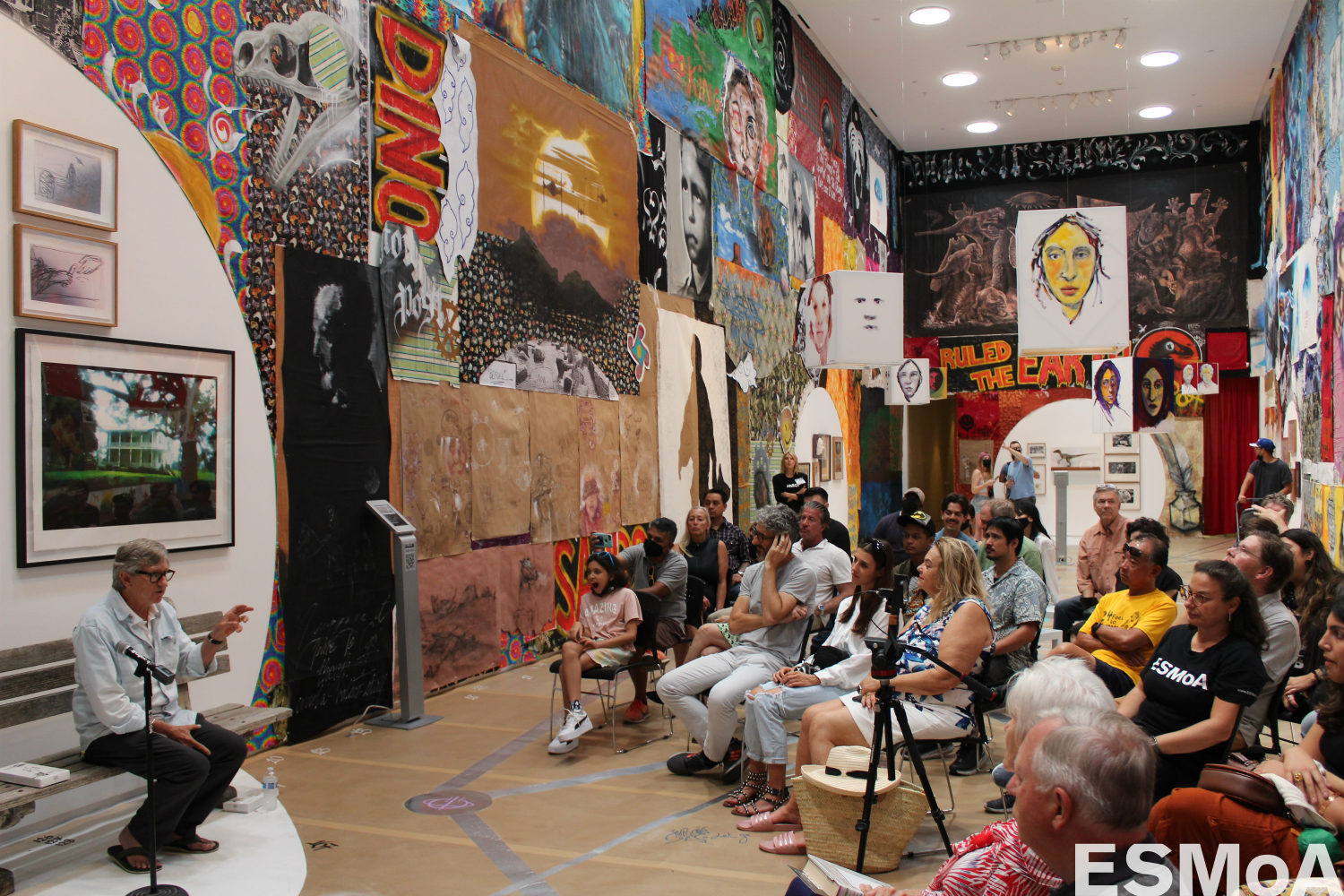
“Part of the conversation while building the museum was that we didn’t want to compete with other museums,” says Eva Sweeney. Firstly they began with their own collection, but their fourth show was already a collaboration with The Getty Research Institute called Scratch with the participation of six main curators and fifty two graffiti artists inside the space. “We offer a way for public institutions to do something that they can’t do in their own spaces.” This collaboration with Getty has been going on now for many years.
Whereas most museums plaster the walls with labels that identify the art works on display, there are no titles at ESMoA. Here visitors are encouraged to consult a multitude of tools and contribute to the interpretation of an art work, something that puts visitors on a journey to draw conclusions far from their preconceived ideas. This museum’s stance reflects a desire to support diversity of thought, especially in polarised times.
In the same manner, ESMoA shows less stuffiness at displaying paintings mixed up with sculptures from different periods, visual art installations and performance, and deals with art more subject-based. All happens in the same space that energises the building. At times visitors are asked to contribute to art works in different ways to ignite a new passion for art. ESMoA’s own definition of museum marks the ambition to be an art lab, risking more daring programs than visitors would expect from regular museums in Los Angeles.
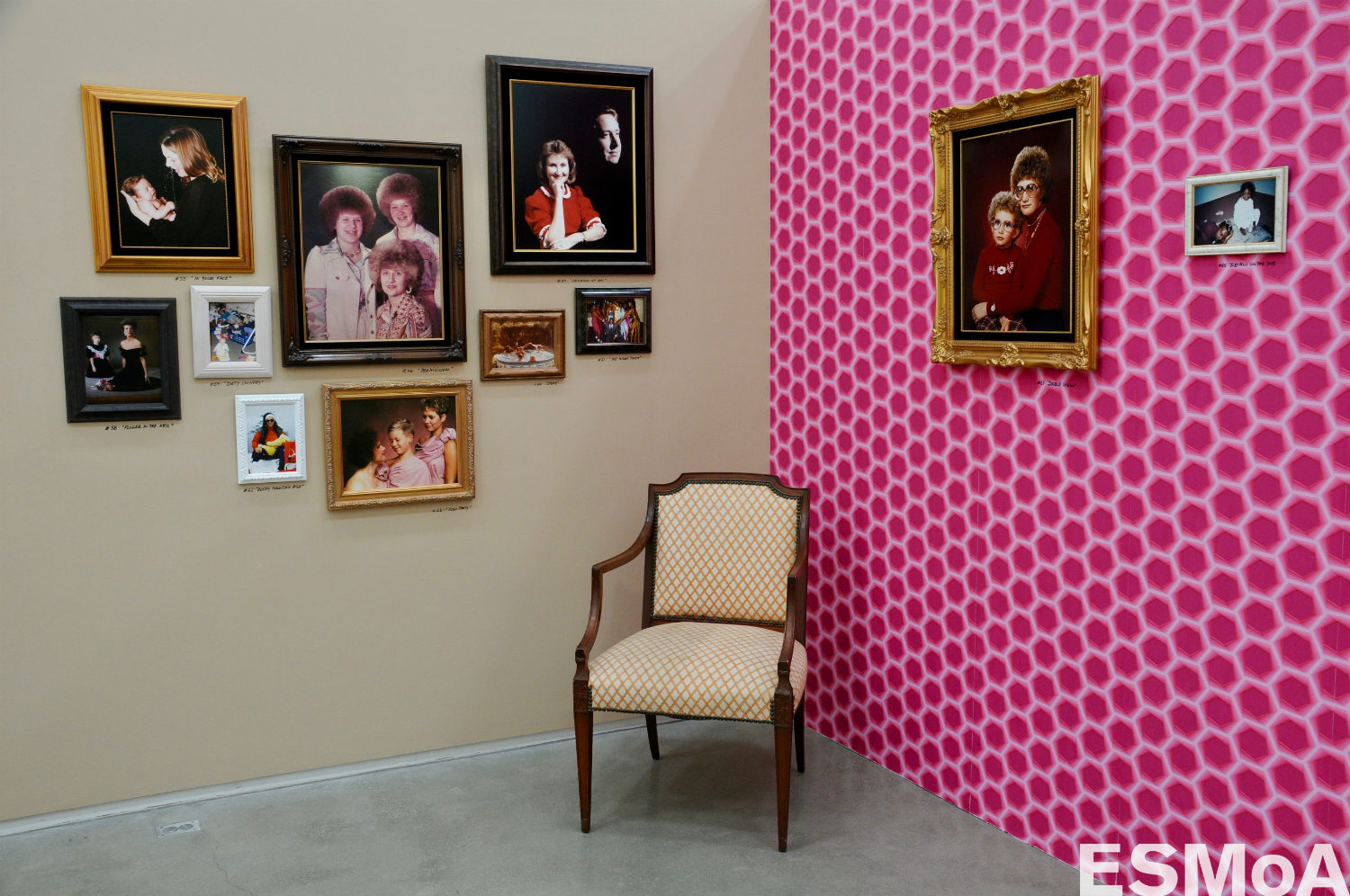
In Bernhard Zünkeler’s words, “ESMoA is our testing laboratory. We are trying to create a space that can demonstrate that the classic categories of the museum no longer work in principle, or maybe only work for a handful of really select and public funded institutions. The intervention that we are attempting is a place that bears the signs of dialogue. The visitor who comes here automatically becomes part of this confrontation. That’s why at ESMoA we don’t talk about exhibitions but experiences.”
Take AWKWARD, where the visitor navigated through rooms with family photos hanging on colourful walls that capture uncomfortable moments or “a grandma with the most daring make-up-style, and a wild bunch of friends whose exploits would not be suitable for a sitcom.” You are exposed to awkwardness but actually you feel some kind of comfort because who doesn’t have some awkward moments or members in the family? Through the great collection of creators Mike Bender and Doug Chernack, visitors experienced “that perfection is totally overrated.”
Another example is EL SEGUNDISSIMO, a crowd-sourced Experience based on the residents’ feedback on how to improve the neighbourhood of El Segundo, this “little village” down the road from Venice Beach squeezed between Los Angeles International Airport and one of the major refineries in the US. In a unique participatory process, ESMoA collected the thoughts and desires of the people mirrored in several art installations.
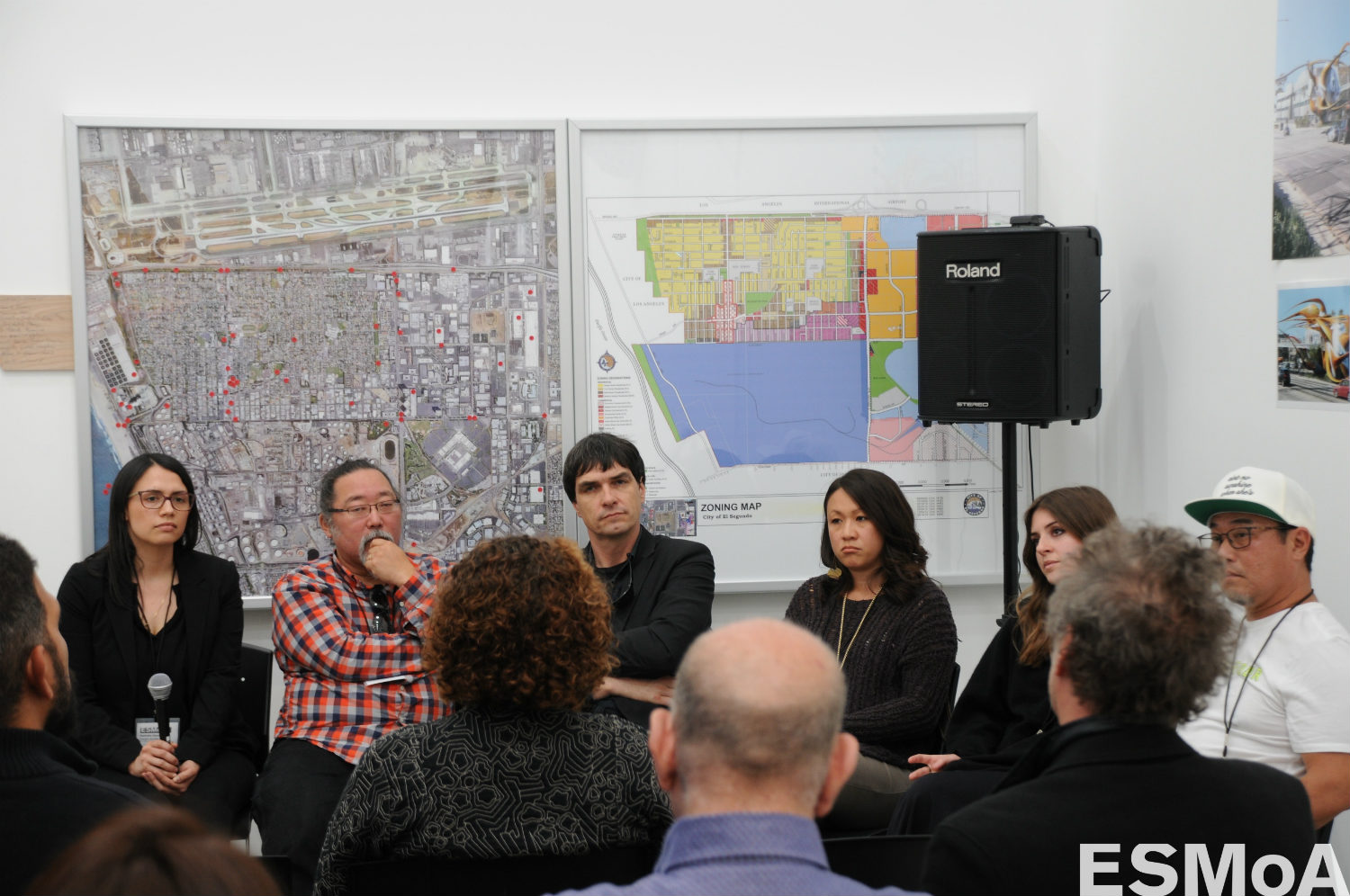
The involvement of ESMoA with the community is crucial in its work, concentrating heavily on Arts Education Programs and Artists in Residence programs. This art laboratory has ended up filling a gap to support diversity in El Segundo, translated into a need for art in Zünkeler’s view, that has expanded to the whole South Bay area. For schools it is a very unique space close to home that both students and local teachers can use regularly. For Eva Sweeney, making art accessible to students is at her heart, something that she learned from her parents.
At ESMoA we don’t talk about exhibitions but experiences.
For local artists ESMoA has become “an amazing resource for the community. People, as diverse as you could find all over Los Angeles, want to use our space to exchange ideas. It is seen as a safe space to deal with problematic situations in so many ways, to break boundaries. We also offer the chance for artists from every corner of the world to come here, but always working with local artists and grounding ourselves in the community.”
I asked Eva Sweeney if she thinks that there is a synergy of German and American cultures from which the work of ESMoA benefits. “Perhaps. It is ingrained in our generation growing in Germany, the morals, the shame of what happened during World War II. Diversity and understanding is something we have to fight for.”
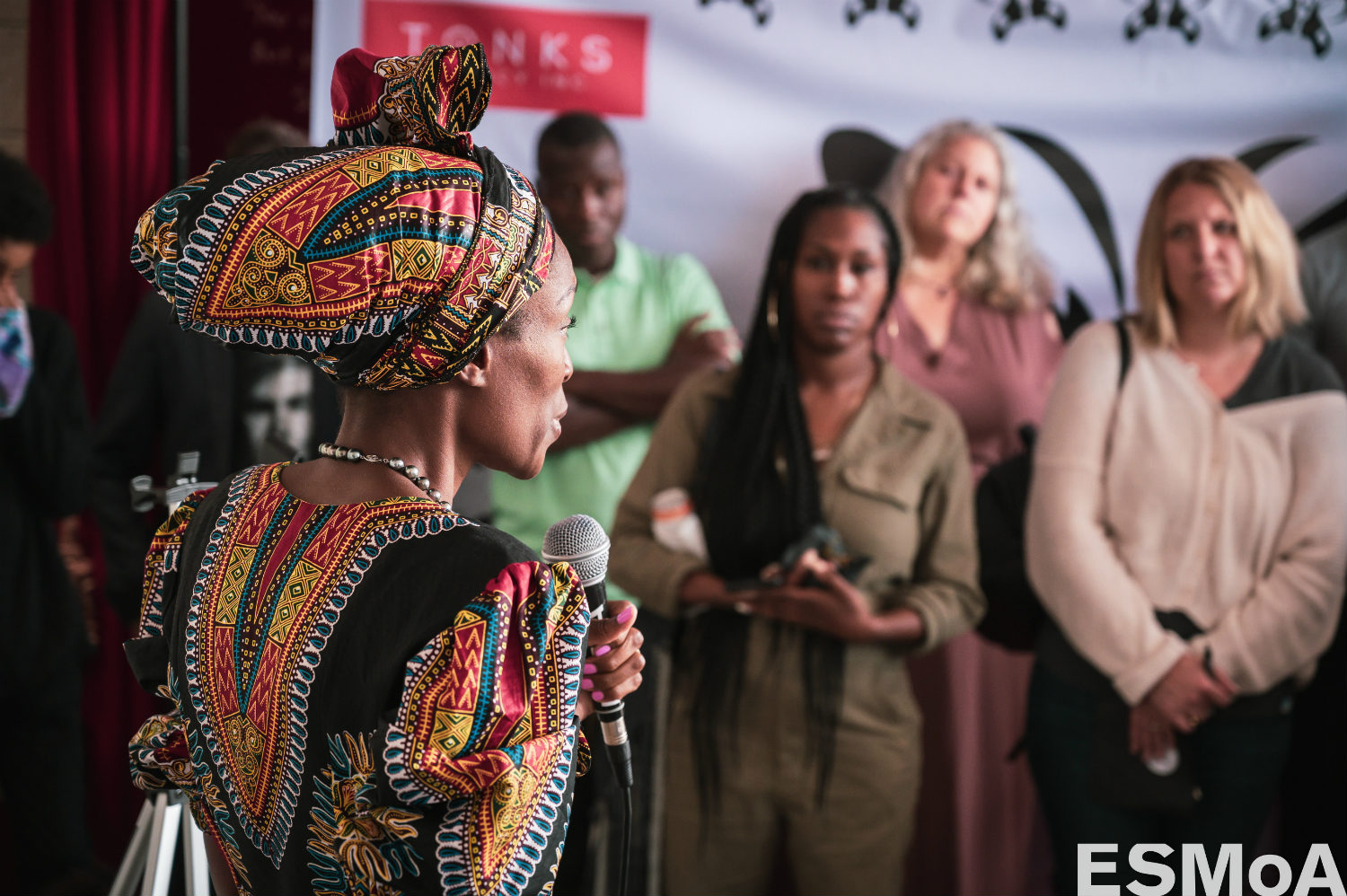
I was amazed when Sweeney told me that this museum “small in size but mighty in impact,” has so far developed over 2,000 programs. “We are a very small team but it is amazing what you can put together when you love your work. We are not a pyramid system and there is no hierarchy.”
ESMoA originally opened as a private museum with a private collection to serve the public but its definition of a museum has developed into a public one conceived in a way that they don’t have a hard time to justify programs in front of lofty boards.
Amid an increasing polarisation in society some felt that the re-definition of a museum was urgent to outline its strong contribution to broader society. However, some museums have already been building on years of ‘activism work’ since the Black Lives Matter movement and other social movements shaking our streets. Perhaps they have already naturally outgrown that definition of museum.
Understandably, Some argue that it is important to have one for things like funding, stakeholders, and regulations. However, these things haven’t stopped the ESMoA in Los Angeles from becoming something different. This contradictory stance simply reflects a desire for museums to keep filling the yawning gaps of museum’s regulation. The halo of the traditional museum, in other words, seems to have cracked.
